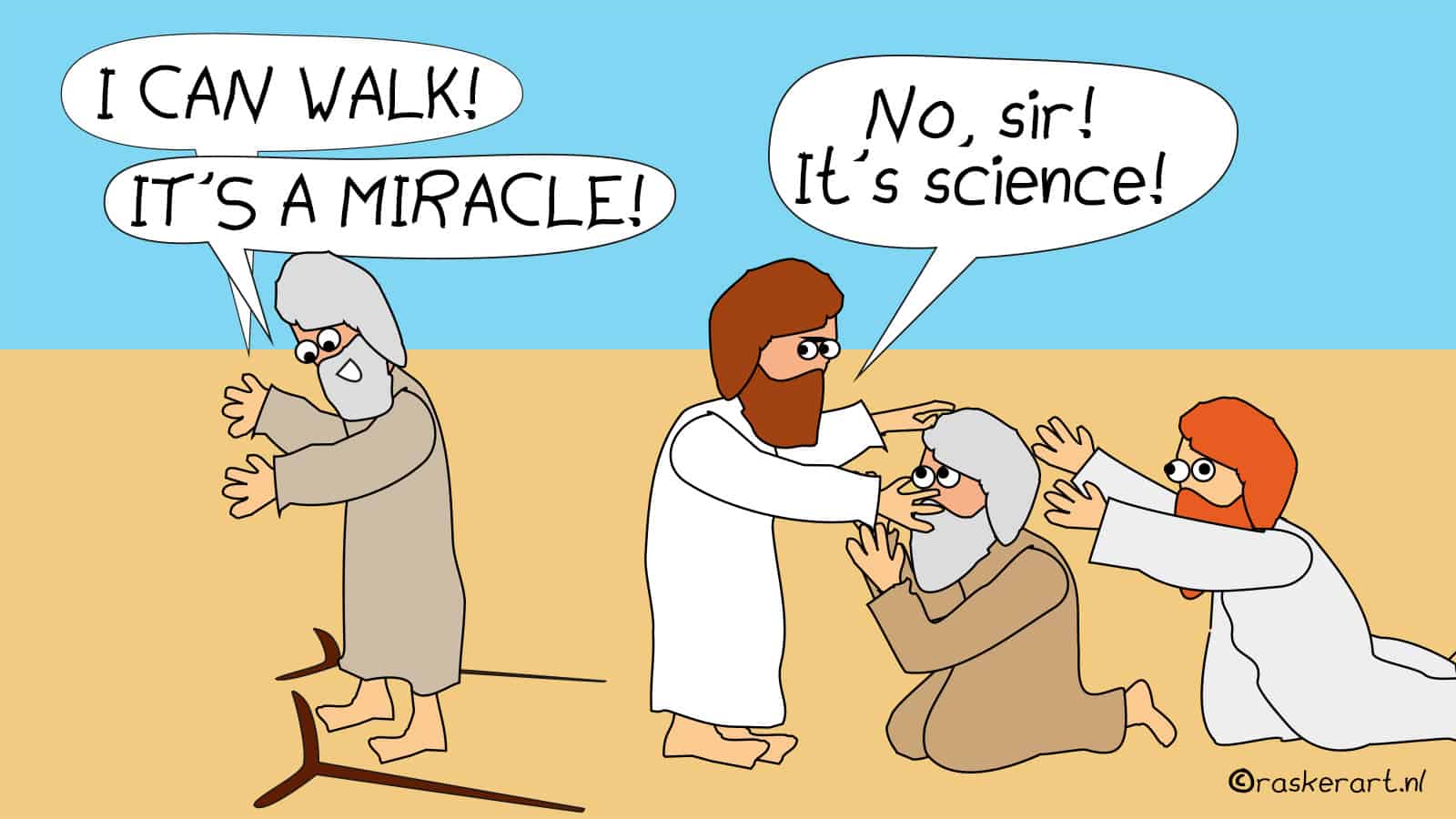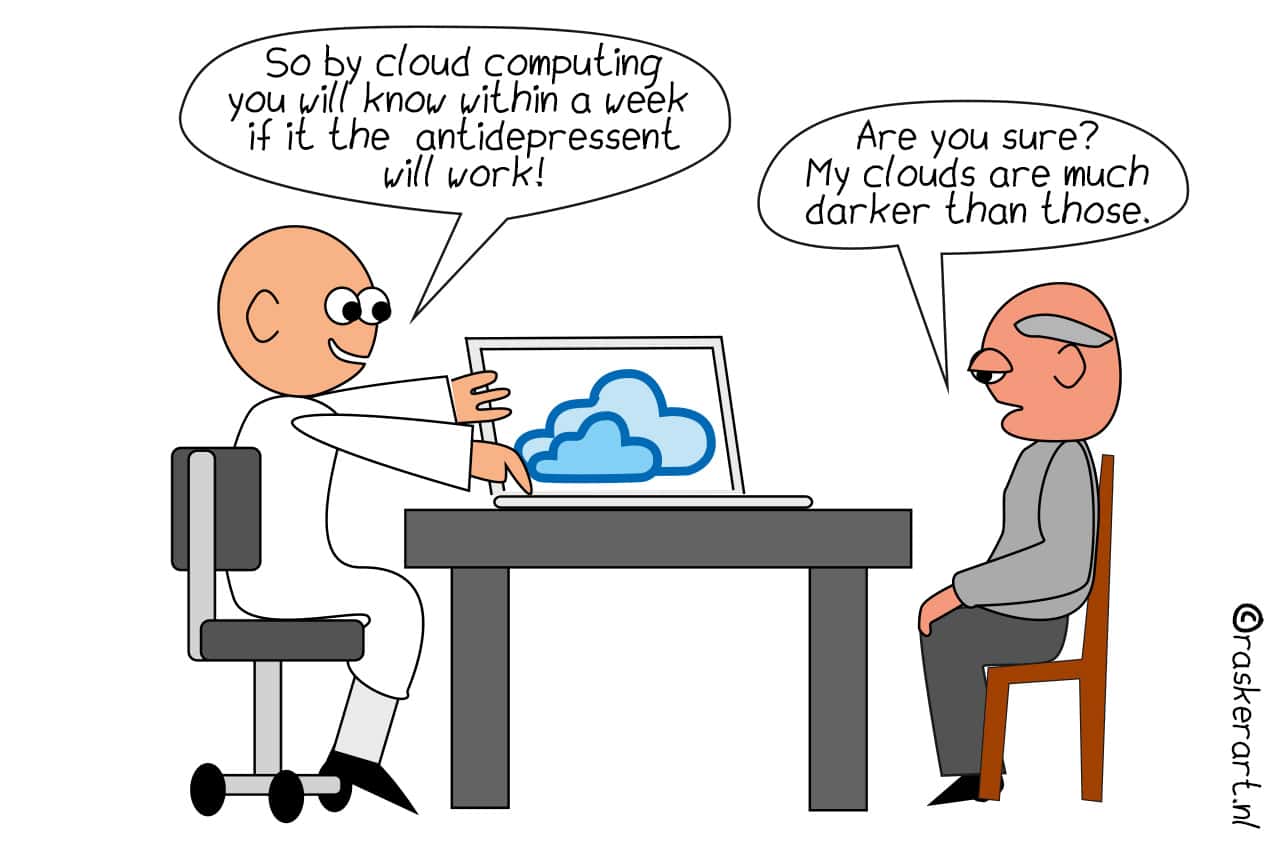
With a reliable saliva test, the rules of the corona era will change dramatically. This means no one will have to undergo the annoying nasal test anymore and medical staff will be better protected. It is expected that the first test will be available at the end of this month and that the annoying nasal tests can at least partly be replaced.
The current check for the SARS-CoV-2 virus takes a long time – too long. New test methods are currently being investigated whereby the test result will become available sooner. This would allow masses of people to be tested for the coronavirus simultaneously, such as in schools and stadiums. A piece of coronavirus wisdom that has become lodged in the general consciousness is that large-scale testing is the solution to counteract the spread of the virus.
On paper there are three types of tests to detect the coronavirus via a smear from the throat and nose or from saliva: the molecular test, the antigenic test and the ‘lateral flow test.’
Molecular test
The molecular test, the so-called PCR method, is well known to everyone. It is also sometimes called the nasal test. This is because a cotton swab is inserted into the back of the nose of the test subject to remove throat and nasal mucus and is therefore considered invasive.
As a result, quite a few people try to avoid such a test. In addition, it can be dangerous for medical staff because they must expose themselves to sick patients. Another major stumbling block is the long wait – at least 24 hours – for the results. In the meantime, the test person has to self-quarantine.
New PCR tests also promise that this time can be brought down considerably. But the problem still remains that the method of taking the sample is intrusive. It is therefore fundamental in the fight against the coronavirus that saliva can be used instead of nasal mucus. What remains inherent to PCR analysis is that it requires a (molecular-biological) laboratory, and that fact determines the test environment – even though mobile labs are available.
Time-consuming and expensive
A new feature is that PCR testing will soon also be possible with a saliva sample. The Yale School of Public Health demonstrated this last summer. Although their diagnostic saliva test is a molecular test, it does not require the removal of nucleic acid from the samples, which has the disadvantage of being time-consuming and expensive.
The protocol of the test was ratified by the U.S. Food and Drug Administration (FDA) on August 15 with a special and exceptional emergency approval, the so-called Emergency Use Authorization. The protocol is available as open source to any interested diagnostic laboratory and can be easily scaled up, according to a Yale press release.
Test results in three hours
The first laboratories could have started at the beginning of September, but that did not happen. Due to the complex regulations involved in this special FDA approval, there is a backlog, says Chantal Vogels, a researcher involved in drawing up the protocol. She expects that laboratories in the United States will soon be able to start saliva testing. “The first labs have been approved and can soon start working on a large scale,” says the Dutch biologist. According to Yale, test results will be known within about three hours.
Antigen test at the end of the month in Italy
A lab is also needed for the antigen test, but this one is a bit simpler. A number of reactive substances are exposed to the sample with the aim of identifying not the virus itself, but antigens, molecules that generate an immune reaction in the body. The test result is known within a few hours and is also cheaper.
It’s this method, in the form of a saliva test, which Lazzaro Spallanzani, the Italian National Institute of Infectious Diseases, will probably present at the end of this month. “With our saliva test, it’s possible to test large population groups, such as in schools and public transport,” says Francesco Vaia, medical director of the institute. Spallanzani, a renowned institute that has also been testing a potential corona vaccine on 90 test subjects since the end of August, is said to have the world’s first saliva test. Exactly how this test works is still unknown.
Specialized equipment not required
The third method is the immuno-chromatic test, also known as the ‘lateral flow test’ (LFT). In this test the virus is detected in a liquid sample and no specialized equipment is needed. The result is known within ten minutes. This would of course be the ideal method, but for the time being its reliability is in doubt.
This test is, of course, the most urgent. Numerous parties are developing such a saliva test to detect the SARS-CoV-2 infection. For example, on September 9th the Italian press agency ANSA announced with much aplomb that the Italian Ministry of Health has approved the so-called ‘daily test.’ This involves placing a stick with a sample of saliva together with a liquid in a diagnostic device, similar to a pregnancy test. The sample slides over a strip of cellulosic nitrate membranes, after which antibodies bind to any viral material present. The test description states that within a few minutes it becomes visible whether someone is negative (a colored line) or positive (two colored lines).
Great interest in LFT
This Italian research was done at the relatively unknown Sannio University in Benevento near Naples. Upon inquiry at the Ministry of Health, however, it appears that the test has not been approved by the ministry. Furthermore, the researchers say that the result cannot replace the PCR test. Apparently it is only suitable as an initial screening.
Nevertheless, there is said to be a great deal of interest in the Italian discovery among large pharmaceutical companies. This is easy to imagine. A big advantage of LFT is that no laboratory is needed for the analysis, which makes mass testing easy, even in difficult locations. It can also be distributed through commercial channels. Such a test can then simply be purchased from Amazon. In other words – a goldmine.
One of the commercially interested parties is the British company Mologic, which is currently carrying out a test at London’s Heathrow airport also using LFT. Peter Davies of Mologic, a company in diagnostic technology, has not indicated what the test results were at Heathrow. The trial has yet to be investigated by the National Health Service, the British Health Service.








